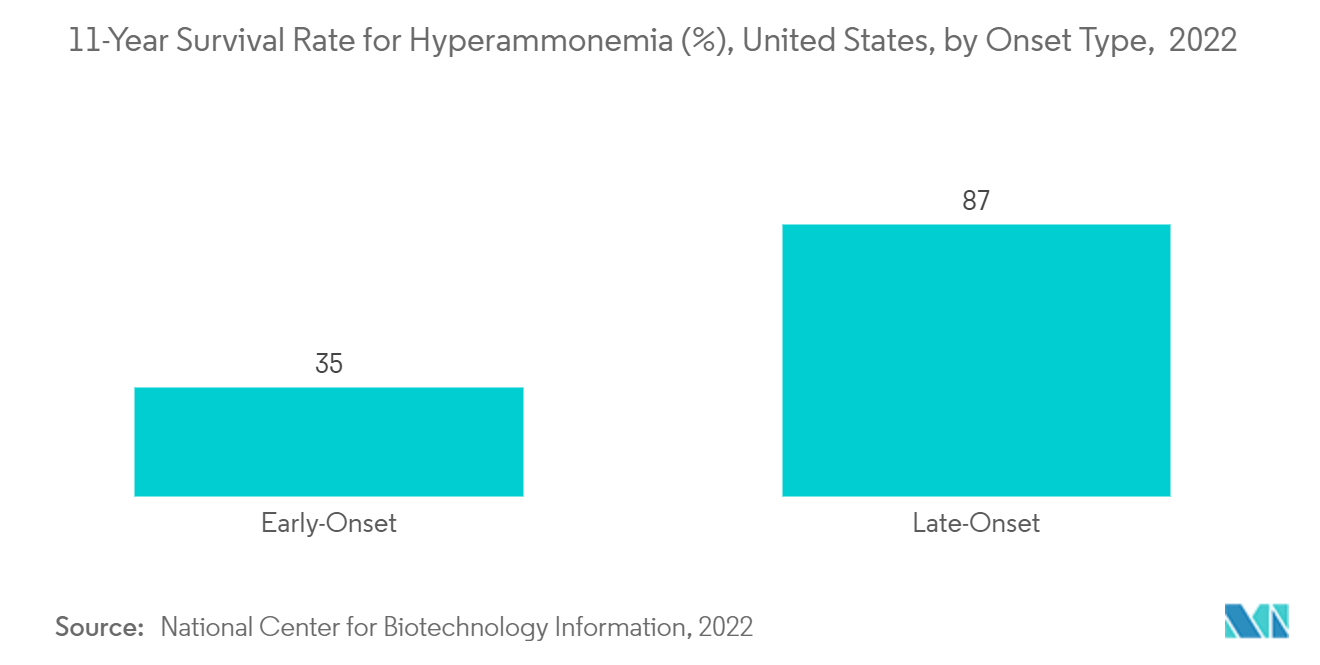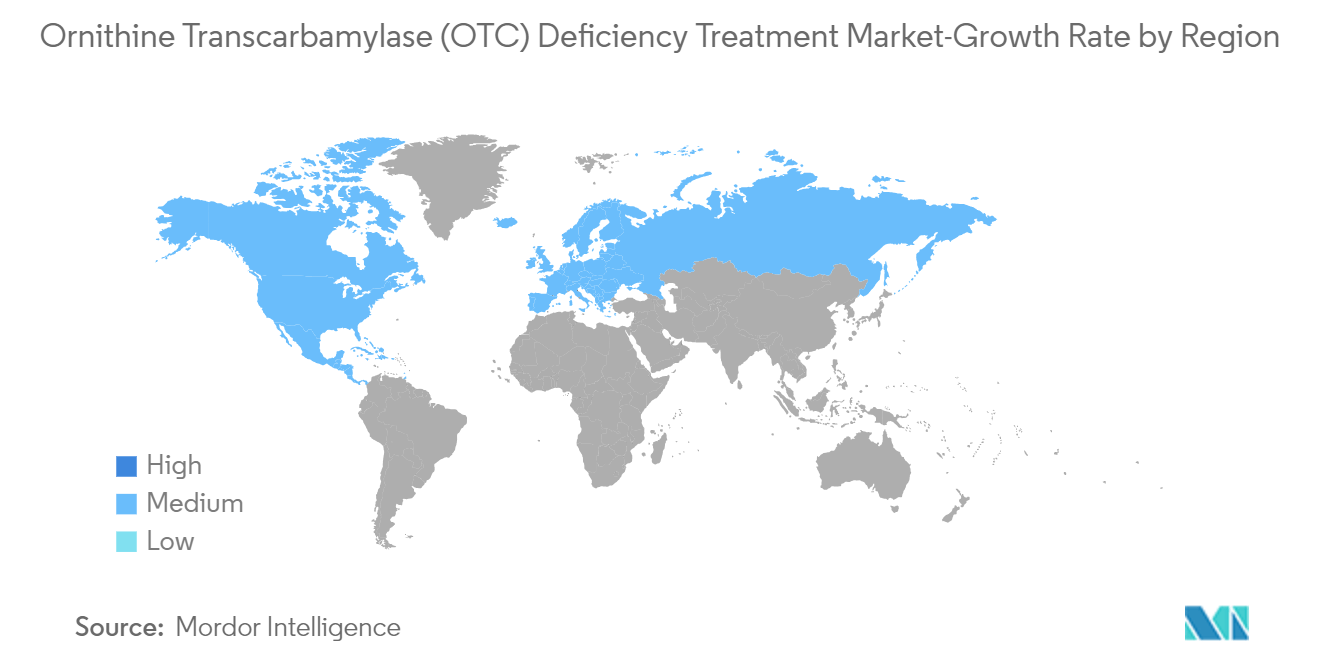Market Trends of Ornithine Transcarbamylase (OTC) Deficiency Treatment Industry
The Glycerol Phenylbutyrate Segment is Expected to Witness Significant Growth During the Forecast Period
Glycerol phenylbutyrate (RAVICTI) is an oral liquid suggested for use as a nitrogen-binding agent for treating patients with chronic urea cycle disorders (UCDs) such as OTC deficiency. Increasing patient compliance with glycerol phenylbutyrate compared to sodium phenylbutyrate is the major driving factor responsible for the dominance of the glycerol phenylbutyrate segment. RAVICTI is nearly odorless and tasteless, which is the primary reason for patient adherence to this drug, and the pungent odor and salty taste of buphenyl have made patients switch from it to RAVICTI in recent years.
RAVICTI is dispensed in a pharmacy and does not require administration from a healthcare practitioner. Patients are typically given 132 bottles annually, each with a list price of USD 5,031. RAVICTI has an annual list price of USD 664,092 per patient. Hence, manufacturer Horizon Therapeutics offers a way for some patients to save on RAVICTI through the Horizon Cares Patient Assistance Program. The company also educates healthcare professionals about gaining access to medicine and various patient financial support programs.
Additionally, companies are gaining commercial rights for glycerol phenylbutyrate in untapped geographies to provide better accessibility to patients to treat OTC deficiency. For instance, in May 2022, Immedica Pharma AB and Japanese company OrphanPacific Inc. entered an agreement under which OrphanPacific gains exclusive rights to RAVICTI in Japan.
Hence, due to the abovementioned factors, the glycerol phenylbutyrate segment is expected to grow significantly in the upcoming years.

North America is Expected to Dominate the Market Studied
North America is expected to dominate the market owing to factors such as increasing product approvals, ongoing clinical trials in the region, and comparatively better diagnosis and treatment rates with favorable reimbursement scenarios. According to the Association for Diagnostics & Laboratory Medicine, the estimated incidence of urea cycle disorders is 1 in 8,200 births in the United States. The calculated overall average birth prevalence of UCD is approximately 1 in 35,000, with two-thirds having symptoms in the neonatal period. OTC deficiency is observed in around 60% of the urea cycle disorder cases.
Moreover, patient assistance programs in terms of finance, education, awareness, etc., provided by public and private organizations are also propelling the growth of the market studied. In February 2024, the National Urea Cycle Disorders Foundation initiated the NUCDF Mentor Program to provide newly diagnosed families an opportunity to receive personalized guidance, education, and support specific to their family and disorder situation.
Therefore, the factors mentioned above are expected to boost market growth in the region.


